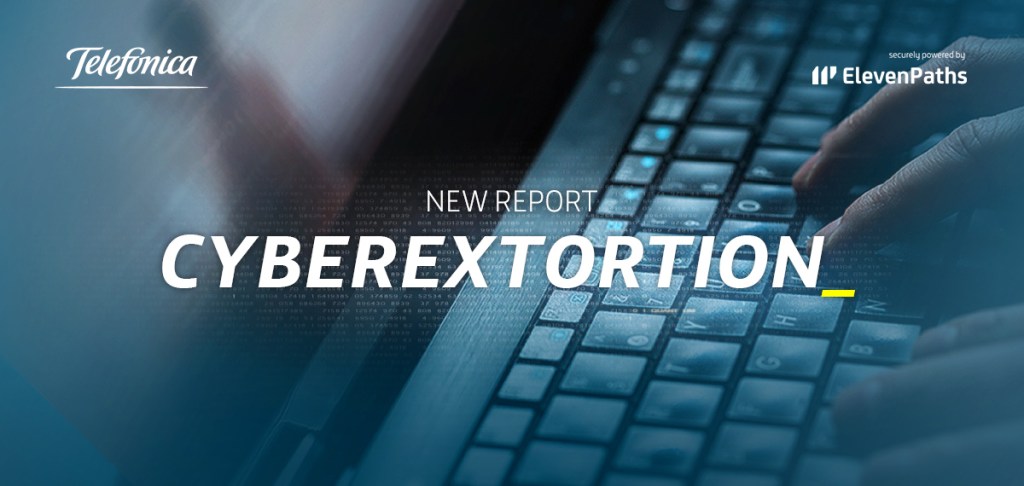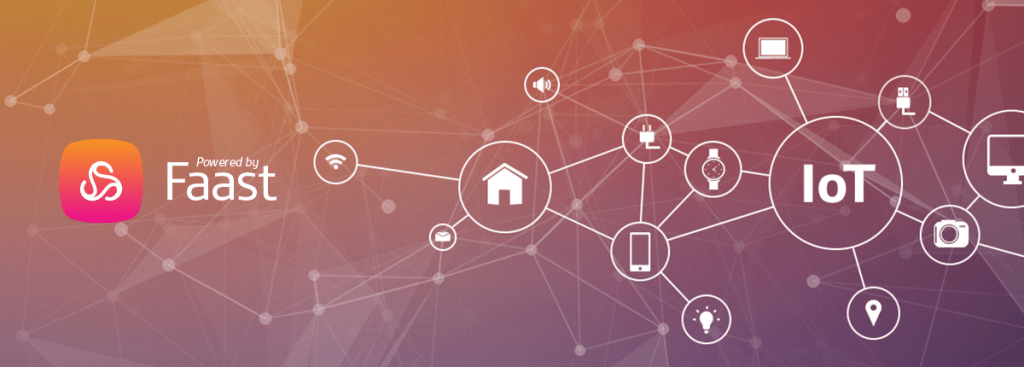2G is a 25 year-old technology – which in tech is a lot. Initially launched on the GSM standard in Finland by Radiolinja. Ever since it expanded to become the most widespread mobile technology being ubiquitous in certain territories. However, due to limitations, it is a legacy technology that Internet of Things is specifically meant to overcome. Is there a reason to rely on 2G at all? There is in fact. It is highly cost effective and technologically efficient for many current IoT and m2m applications.
Even though it is still of use for many applications and services, some telcos have been considering pulling the plug on 2G networks as soon as 2017, pushing users towards services on 3G and 4G networks to refocus resources on newer technologies. The process is called refarming and it means that mobile network operators would repurpose 2G (and even 3G) technology eventually to LTE, thus abandoning 2G traditional services. This is a logical step for handsets, but the big impact may come through m2m services that have been running for years. Machina Research in a recent report expects 2G and even 3G’s life span to end over the next ten years in most countries and warned that if particular technologies are abandoned, existing deployments in the field could be compromised, requiring an expensive refit or recall process. Also new deployments would need to be redesigned. Furthermore, uncertainty over which technologies will be available in the future may cause delays and potentially additional costs for companies looking to ensure that their chosen technology will be supported over the lifetime of the devices that they are considering rolling out.
2G Evolution
The IoT of the future is still largely still at the drawing board, being tested or pending deployment so an intermediate solution has to come along. In our whitepaper about LPWA and the response of Telcos to the IoT burst, one of the takeaways is an alternative that repurposes GSM infrastructure over the same physical layer. This renewed 2G is called GSM Evolution and the main technical features include:
- improved coverage compared to GPRS (up to 20 dB)
- less consumption (10 year battery life)
- less device complexity
- reuse of existing infrastructure with software upgrades of radio units
- massive number of supported devices and full multiplexing of traffic
Expect dwindling 2G in urban areas
The truth is that developing new 2G GSM IoT and m2m applications on current infrastructures is low cost in term of hardware requirements, and current data services available are currently excellent. Many current IoT and m2m applications use 2G networks efficiently because they require less bytes to operate. In dense urban areas the refarming process is bound to happen sooner as the need for 3G and 4G service is greater and these applications might have service availability problems.
Operators are therefore forced to manage what is called the ‘sunset of 2G services’ and prevent new GSM-only applications from hitting the market. The golden question that must be answered in order to leave 2G out of the picture is: how can I convince vendors and clients to spend more on technology that an application might never use to its full capacity? The balance is therefore a choice between limited-in-time life span or longevity at a steeper cost is now the question.



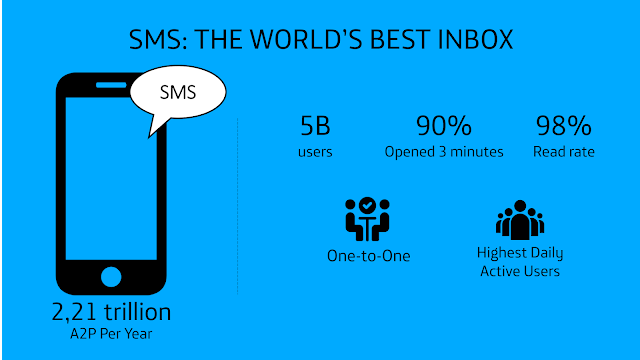
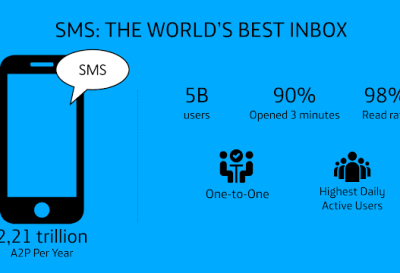
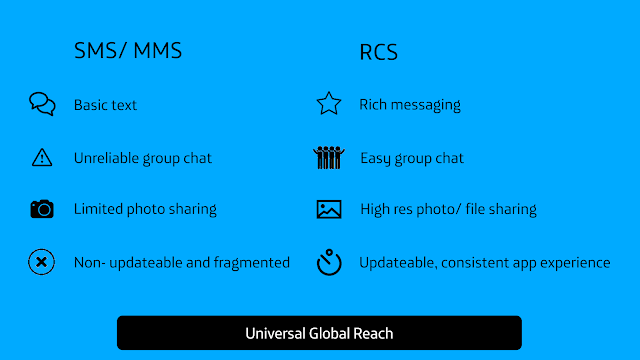




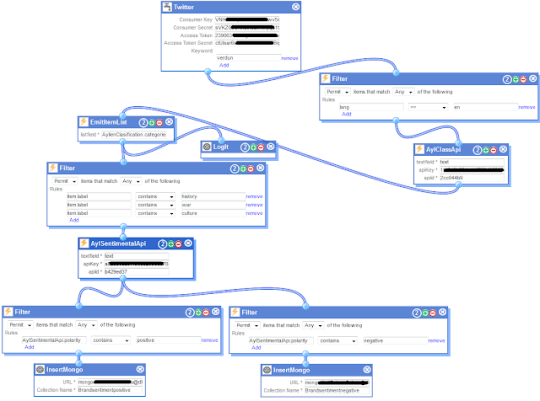


![[New report] Demographic Analysis of Google Play](https://business.blogthinkbig.com/wp-content/uploads/sites/2/2019/04/blog_googleplay_EN.jpg)
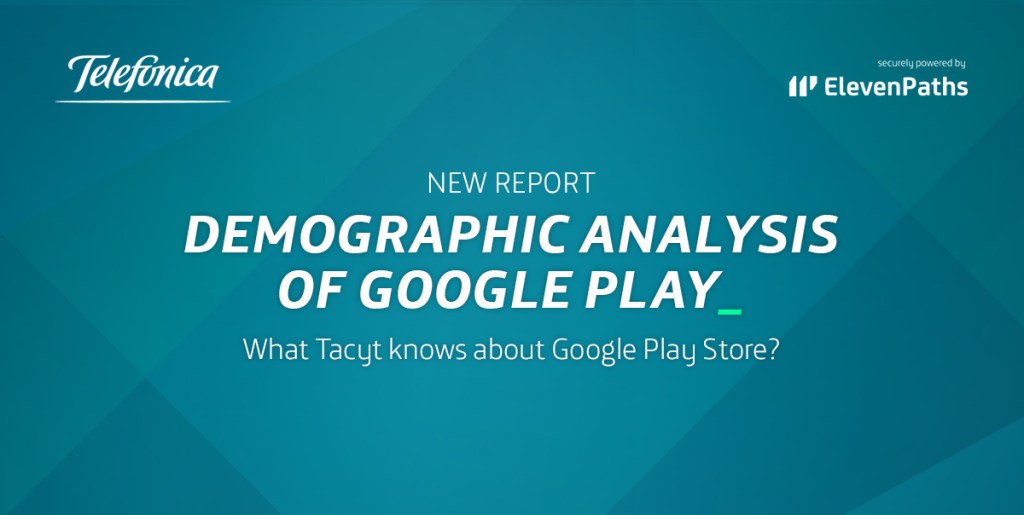


![[New trend report] Cyberextortion, a growing industry](https://business.blogthinkbig.com/wp-content/uploads/sites/2/2019/04/blog-CIBEREXTORSION-EN.jpg)
